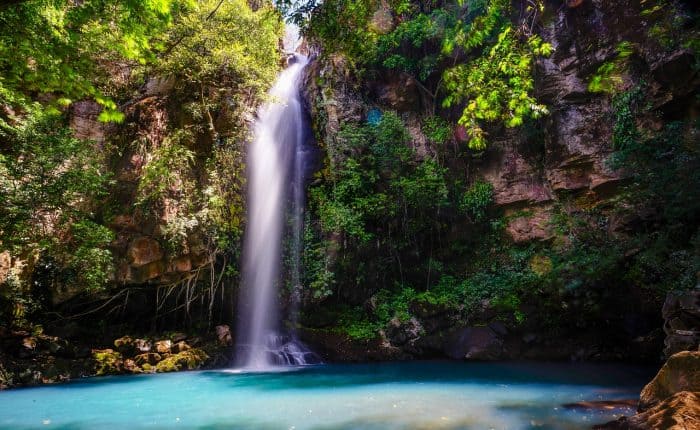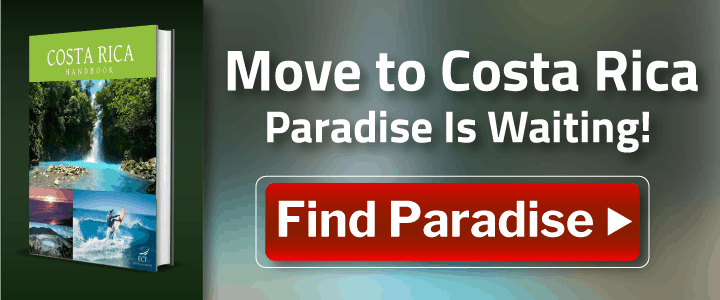17 Things You Might Not Know About Costa Rica
Costa Rica gets its name from its blue beaches and sandy seashores. The phrase “Costa Rica” means “rich coast” and perfectly describes the sandy beaches, the lush rainforest, and the biodiversity of the country. Enjoy 17 things you might not know about Costa Rica.
The country may have made a name for itself with its natural beauty and gorgeous landscapes, but there are many things that people don’t know about Costa Rica.
Here are some facts about the country which you probably didn’t know:
1. The Locals in Costa Rica Are Referred to Ticos and Ticas
The residents of Costa Rica call themselves Ticos (for males) and Ticas (for females). These terms come from the practice of adding “tico” in the end of many Spanish words.
The general population is Tico. Costa Ricans use the term Tico every day, just like the word Pura Vida.
For example, the word “poco” (which means “a little” in classic Spanish), is changed to “un poquitico” in Costa Rica.
Here are a few other words using tico or tica;
- Ahora becomes Ahoritica = in a while becomes in a short while
- Ligero becomes Ligeritico = fast becomes real fast
- Todito becomes Toditico = everything becomes all of it
- Rato becomes Ratico = a while becomes a short moment
- Momento becomes Momentico = a moment becomes just a moment
- Minute becomes Minutico = a minute becomes just a minute
- Blanquita becomes Blanquitica = white becomes extremely white
The term Tico is not a sarcastic term, not racial, and not negative at all.
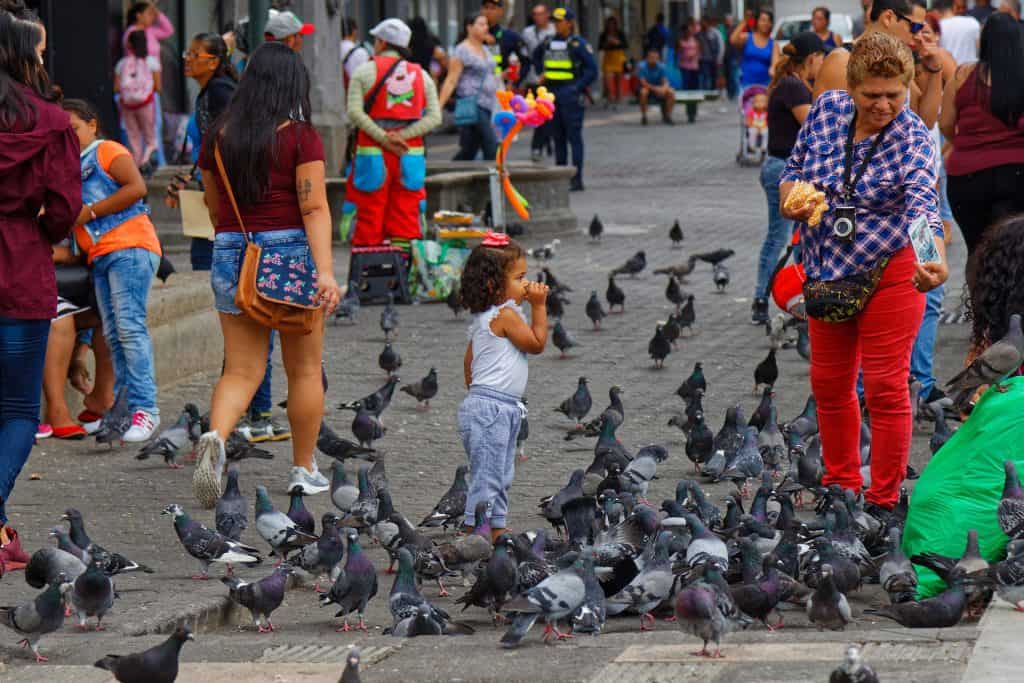
2. The Streets Don’t Have Names
That’s right! The streets of Costa Rica don’t have any street names or numbers on their buildings. Only recently has the country decided to place signs on some streets to make it easier for tourists.
San José, the capital of Costa Rica does have a gridded network of streets, or calles as they are called locally, that stretch into the avenues (avenidas). San José is quite easy to navigate through; it’s when you’re out of the city that you have to rely on local landmarks which can get very aggravating for expats and tourists that aren’t familiar with the place.
So how do people get around with no street names and numbers?
You know how some smartphones come with a compass app that most people never even open? Well, you’ll need it in Costa Rica because locals here rely on compass directions.
The locals of Costa Rica are great at using compass directions. If you’re visiting Costa Rica soon, get ready to hear instructions like “go 100meters northwest from the hotel, you’ll see an old building with a green gate”.
You may get nervous, but local cabbies won’t have trouble following the directions at all. Whenever you think you’re lost, always go to a church. All the churches in Costa Rica face the West so all churchgoers can be facing East (toward Jerusalem) when praying.
If you still can’t figure out where you have to go, feel free to ask the local people, they’ll be happy to help. It’s just how Costa Rica operates. It’ll take some getting used to but you’ll get the hang of it.
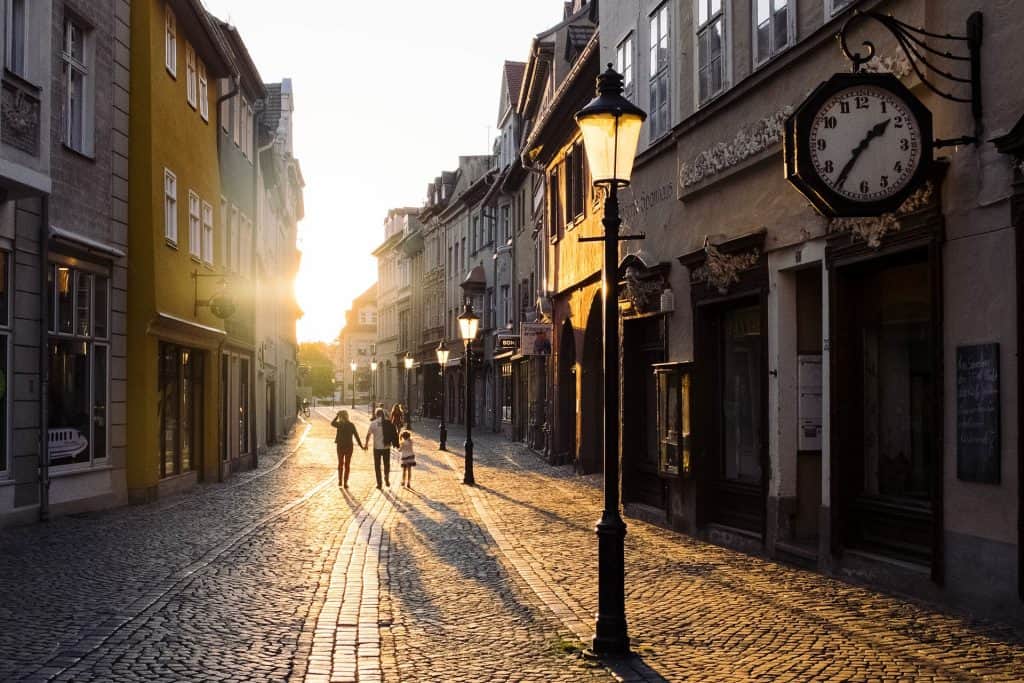
3. People Speak Languages Other Than Spanish
Costa Rica was once a Spanish Colony. It was conquered by Spain during the 16th Century and Spanish became the country’s official language. But Spanish isn’t the only language spoken in Costa Rica. About 10% of Costa Rica’s population considers English its first language; this is largely due to migration from North America. Many North Americans decided to make the move to Costa Rica to take advantage of affordable living and enjoy its gorgeous landscape.
Costa Rica values education and insists that students learn other languages such as French. Around 0.7% of its population can fluently converse in French.
Indigenous Languages
Costa Rica is home to a few indigenous people who speak their own languages. The country’s indigenous languages originate from the Chibcha language family. Other languages include Limonese Creole (sometimes referred to Patua or Mekatelyu) which is a mix of Spanish and Jamaican Creole. Migrants from Jamaica that work in Costa Rica’s banana plantations and railways usually speak Limonese Creole.
If you travel to the Caribbean coast you’ll notice that there is quite a bit of Jamaican influence. You’ll spot Reggae bars and other food outlets that serve a fusion of cuisines.
4. It’s Not Unusual for Ticos to Brush Their Teeth After Every Meal
When you start working in Costa Rica, you’ll notice that your coworkers disappear for a few minutes after lunch. No, they aren’t gossiping about you—they’re brushing their teeth. Brushing teeth after every meal is a very common practice in the country. You’ll see people brushing their teeth in the mall, diners, etc.
A few years back the government released this ad campaign that encouraged people to brush their teeth so they wouldn’t need the dentist as much. The locals responded and have made it a habit to brush their teeth after every meal.
5. Costa Rica Was One of the First Countries to Embrace Eco-Tourism
Around 25% of Costa Rica is protected land. It’s been set aside for parks and reserves to preserve the country’s flora and fauna from deforestation and commercialization.
Costa Rica has always been open to tourists; however, it doesn’t want to cash in on tourism at the expense of its diverse land. The country was one of the first to embrace eco-friendly tourism and environmentally-friendly practices. In fact, Costa Rica happens to be one of the most environmentally-friendly places in the world.
Renewable Resources
The majority of Costa Rica runs on power that is generated by renewable resources. The government has also rolled out a plan to become carbon neutral by 2021. It also plans to completely ban single-use plastics.
To attain its environmental goals, Costa Rica has developed unique solutions that can reduce daily fuel emissions.
As part of its plan to preserve its natural beauty, Costa Rica has built 8 biological reserves, 20 national parks and plenty of animal refuges.
Carbon Emissions
In San Jose, you aren’t allowed to drive on one of the days of the week depending on the last digit of your driver’s license. For example, if the last digit of your driver’s license is 2, then you aren’t permitted to drive in downtown San Jose on the second day of the week, Tuesday.
By doing this, the Costa Rican government encourages people to use public transport and ride-sharing services which in turn help reduce carbon emissions.
6. Costa Rica Relies on the Tourism Industry to Bring in Money
Until 1995, Costa Rica’s bananas were its prime foreign exchange-earners. Eventually, the country’s thriving tourism industry surpassed its banana exports and became the leading foreign exchange earner.
In 2013, tourism in Costa Rica reached an all-time high, boasting more than 2.4 million visitors from abroad.
7. Costa Rica has 4 UNESCO World Heritage Sites
UNESCO which is the United Nations Educational, Scientific and Cultural Organization has picked four sites in the country that hold immense natural and cultural value and declared them World Heritage Sites.
These four sites include Area de Conservación Guanacaste, La Amistad National Park, Cocos Island National Park, and the Precolumbian Chiefdom Settlements with Stone Spheres of the Diquís.
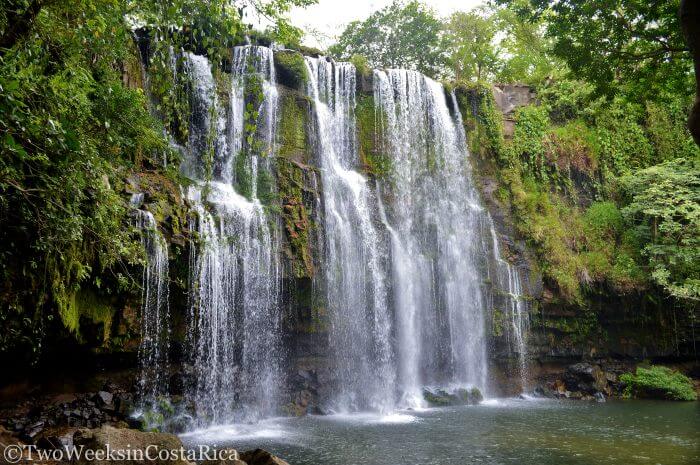
8. Costa Rica Doesn’t Have An Army
It’s hard to imagine that in this day and age there are countries in the world that don’t have a standing army. Costa Rica is one of 23 countries that don’t have an army.
It dissolved its army in 1948. The dissolution of the military was actually added into its constitution in 1949. Once Costa Rica decided to dissolve its army, 21 countries said that if the need for military protection ever arises in Costa Rica, they would step in to help; the USA is one of these countries.
In 1947, all these nations made the deal official by signing the American Treaty of Reciprocal Assistance.

9. Life Expectancy in Costa Rica is Really High
At birth, the life expectancy of Costa Rica is 80 years; this is even higher than that of the US (79 years). The Nicoya region in Costa Rica is considered one of the few “longevity hotspots” on the globe and is home to some of the longest living people.
The sheer beauty of Costa Rica’s natural environment along with its commitment to keep it free of pollutants appears to have a positive impact on the health of its residents.
10. Costa Rica has more than 200 Volcanoes
You’d think that having more than 200 volcanoes will make Costa Rica a dangerous place to live; fortunately, its volcanic formations haven’t given it much trouble.
Around 112 of Costa Rica’s volcanoes have shown activity; 60 of its volcanoes appear to be dormant, they haven’t shown any activity for many years but there is a possibility that they may become active.
Arenal, Poás and Irazú are some of the most famous volcanic formations in Costa Rica; Arenal is Central America’s most active volcano, Irazú is the tallest volcano in the country and Poás is the world’s 2nd biggest volcanic crater.
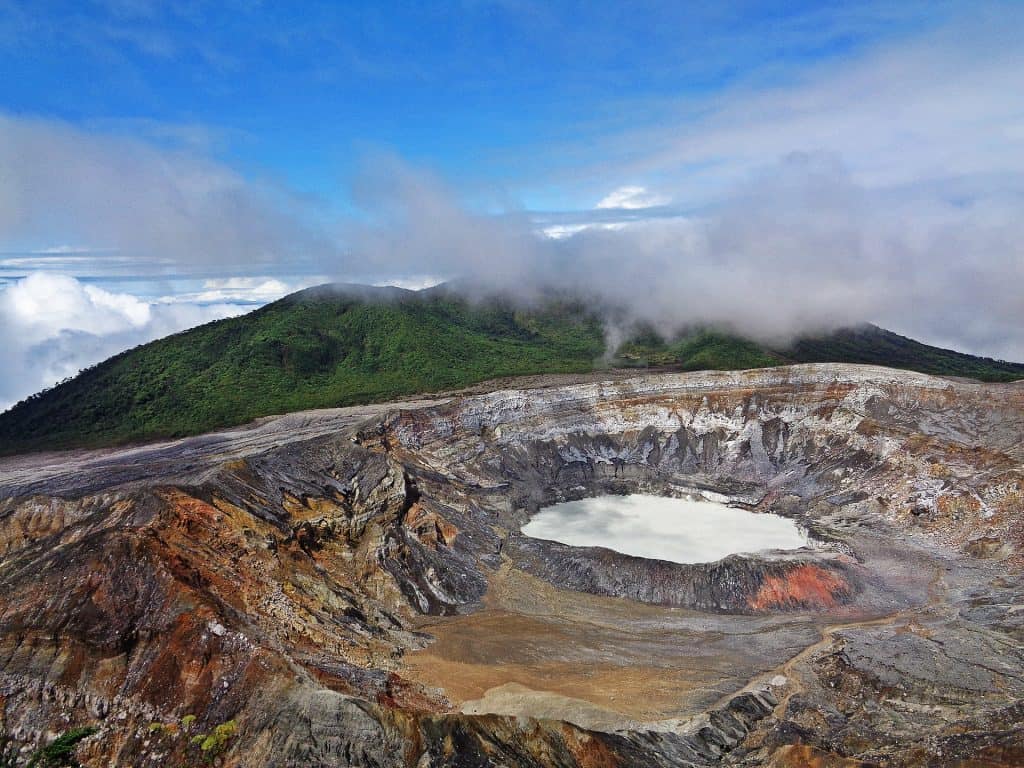
11. Costa Rica is Smaller in Size Than Lake Michigan
Costa Rica isn’t very big at all; it’s actually slightly smaller than Lake Michigan. The country is 19,730 sqm large out of which 801 miles is its coastline.
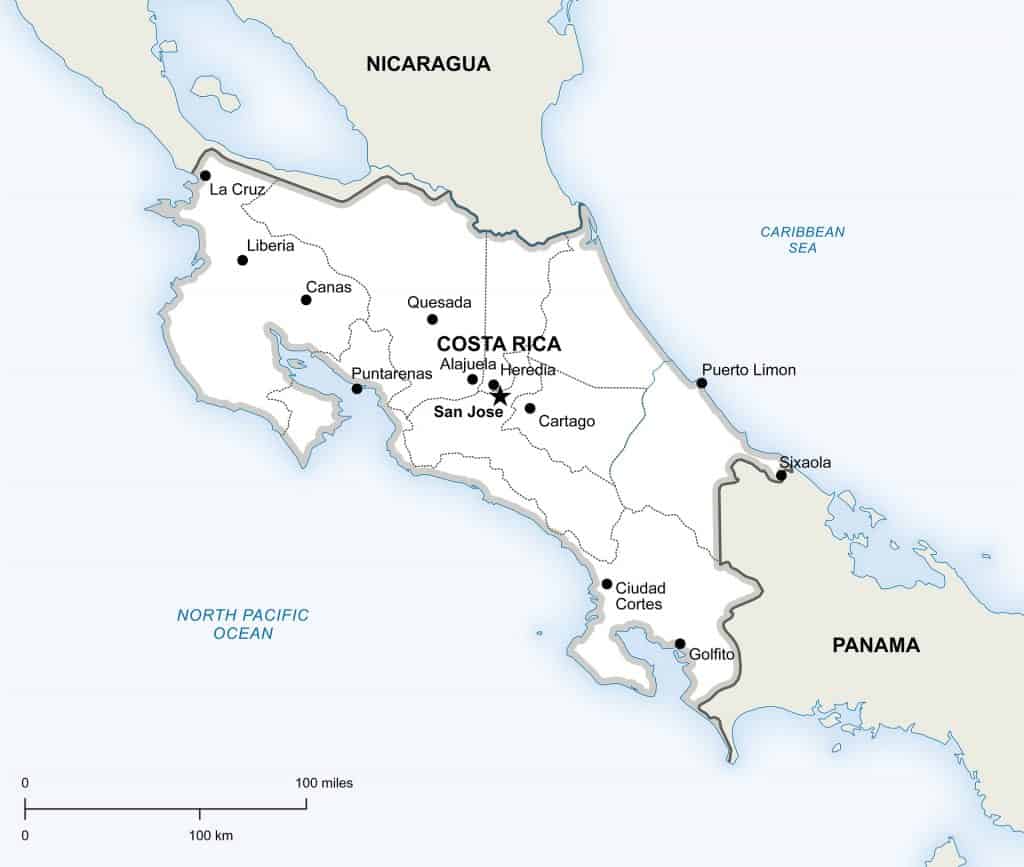
12. Costa Rica Holds over 5% of the Entire World’s Biodiversity
It may not be the biggest country but it’s filled with biodiversity. Costa Rica barely comprises of 0.3% of the Earth’s landmass but it holds more than 5% of its biodiversity.
The country has over 500,000 species of plants and animals, making it the world’s most diverse place in the world in terms of biodiversity.
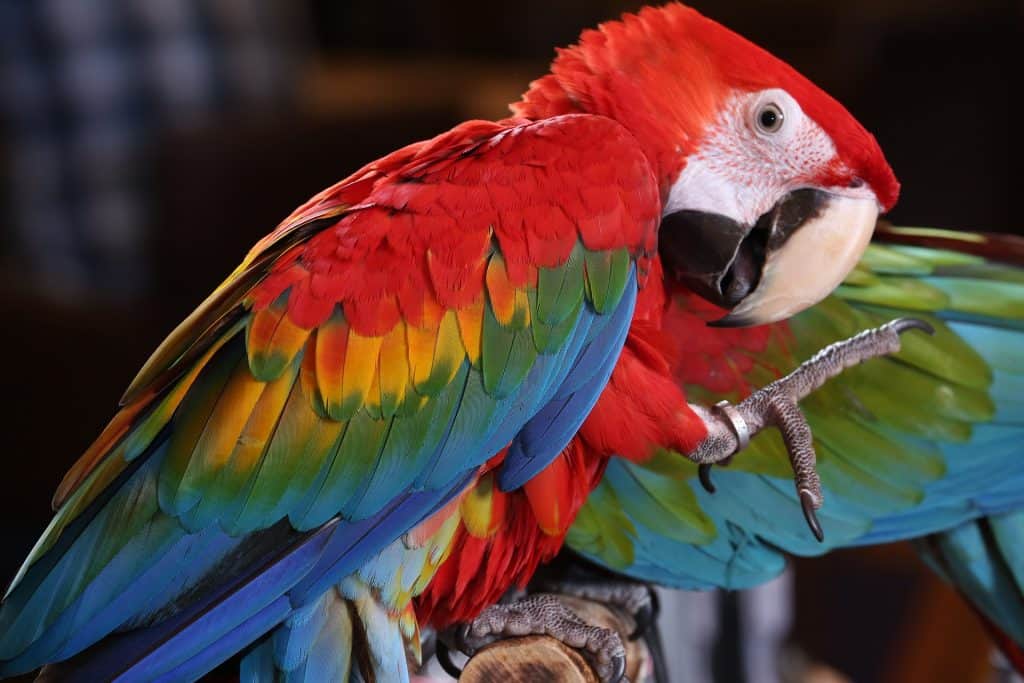
13. It Has All Kinds of Butterflies
Speaking of diversity, around 90% of all of Central America’s butterfly species can be found in Costa Rica. This translates to 18% of the butterfly species that exist in the world and 66% of neotropical butterflies.
14. Costa Rica Has More Than 50 Species of Hummingbirds
So much gorgeous flora is bound to attract birds so it’s no wonder that Costa Rica has over 50 different species of hummingbird that comes in all kinds of shapes and sizes. The smallest male hummingbird, the scintillant hummingbird, only weighs 2 grams while the largest species of hummingbirds in Costa Rica, the violet sabrewing, weighs about 11.5grams.
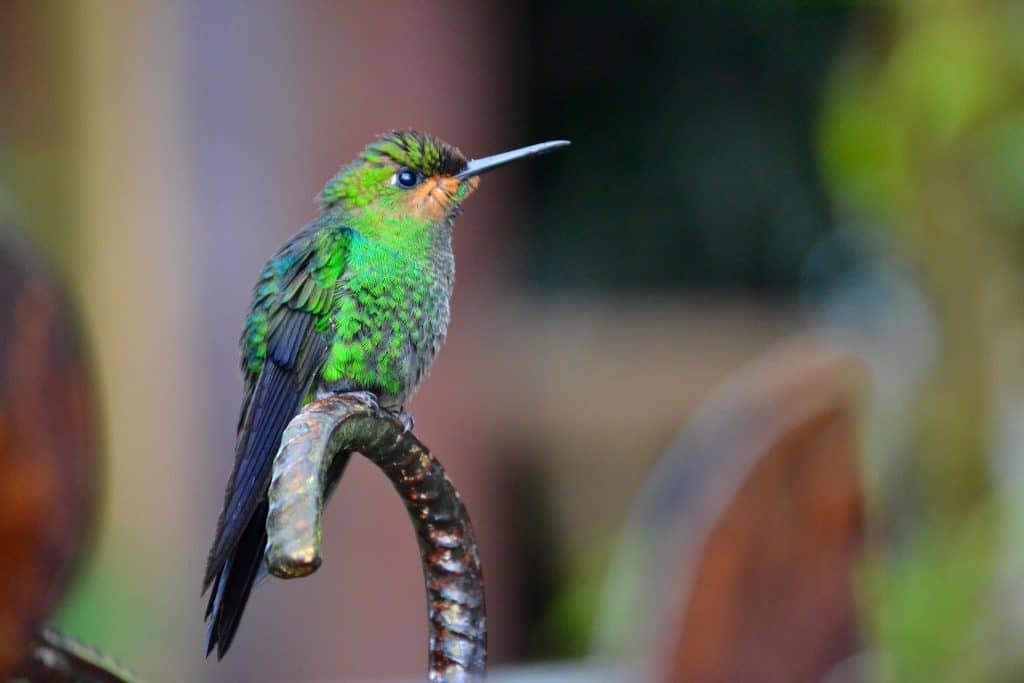
15. The National Anthem Is Played at 7 am on Major Radio Stations
The Costa Ricans may not have their own army, but they are patriotic. Costa Rica’s national anthem was first played to welcome diplomats from the UK and USA back in 1852 but it wasn’t considered the national anthem at the time.
The song “Noble Patria, tu Hermosa Bandera” written in 1903 by Jose Maria, praised Costa Rica and the flag. It didn’t become the official national anthem until 1949.
16. Pura Vida is a Lifestyle in Costa Rica
If you visit Costa Rica, you’ll see that the local residents say “Pura Vida” when greeting and saying bye to each other. The phrase “Pura Vida” literally means “pure life”. In Costa Rica, they don’t just say “Pura Vida” for the sake of saying it, they mean it; for them, it’s a state of mind.
Costa Ricans by nature are happy people, they genuinely believe in living a life free of toxicity whether it’s in the physical or emotional sense. They are some of the happiest people on the planet and have consistently scored high on the Happy Planet Index. The index assesses nations on three criteria: life expectancy, wellbeing, and ecological footprint. Costa Rica topped the list with a powerful score of 64.0 while nations such as the US scored 37.3.
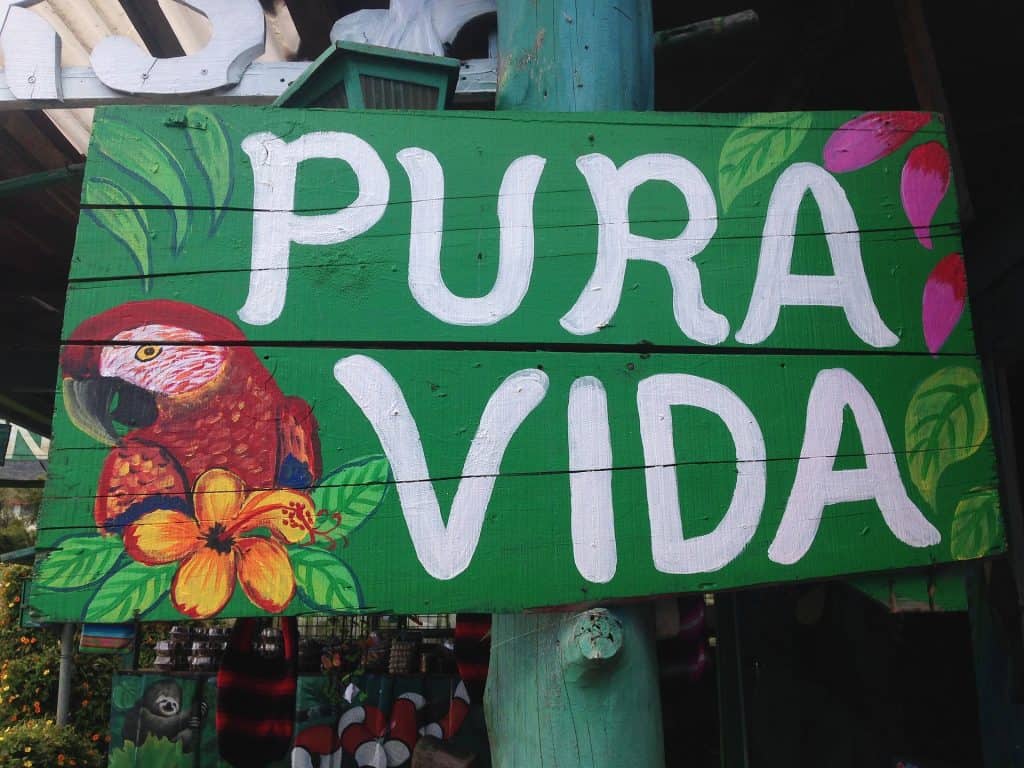
17. It’s a Haven for American Retirees
The cost of living in Costa Rica is a lot lower than what it is for people in the US, which makes it especially appealing to retirees looking to live a comfortable life on a limited budget.
Retirees that are single and have budget constraints can easily live in Costa Rica for just $1,500 a month. They even have the option of cutting costs by renting out space.
Retirees looking to make Costa Rica their new home can choose from three residency options provided they meet the specific financial criteria.
If you saved up enough for your post-retirement life, you can live comfortably in Costa Rica and enjoy all that it has to offer.
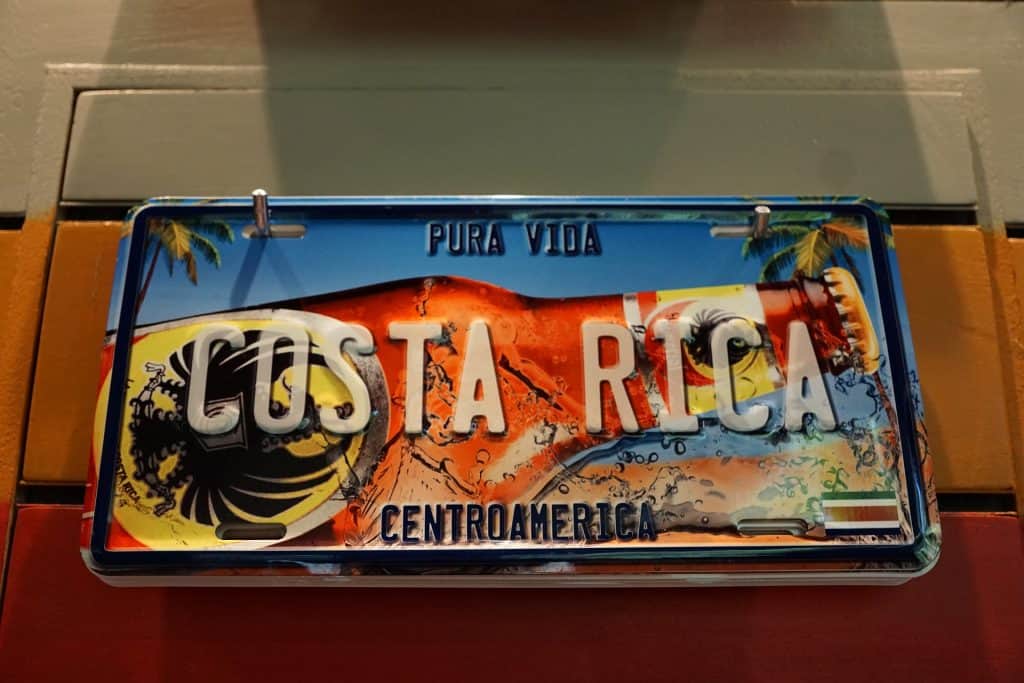
Related Articles and Podcasts
Costa Rica is such a beautiful and diverse area, I know you’ll also enjoy this article on 5 Things to do in Costa Rica and this article on the Cost of Living in Costa Rica.
And if you really want to have a good understanding of Costa Rica and how you and your family can move there then you MUST download this free guide – Move to Costa Rica – Paradise is Waiting
Expat Money Show Podcast with Mikkel Thorup – 089: IS COSTA RICA THE PERFECT PLACE TO BE AN EXPAT? – GILL PHELAN
Conclusion
Costa Rica has so much to offer and is such a great option for people looking to live and retire overseas. For more information about Costa Rica, whether you are interested in investing in the country or buying your own home start with our Country Guide to Costa Rica.
Like Our Articles?
Then make sure to check out our Bookstore... we have titles packed full of premium offshore intel. Instant Download - Print off for your private library before the government demands we take these down!

